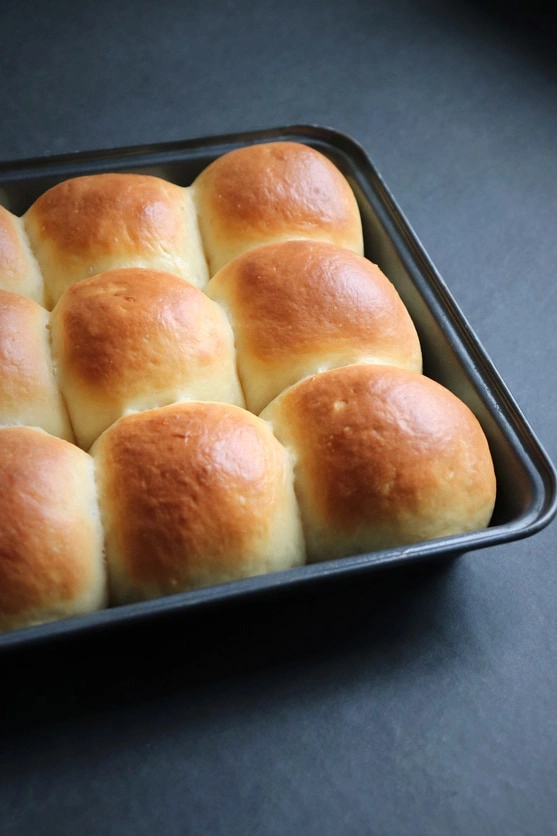Mumbai’s iconic pav, a staple in the city’s culinary landscape, is facing an uncertain future as pollution concerns take center stage. Known for its soft, fluffy texture and versatility, pav is the foundation for many beloved dishes, including vada pav and pav bhaji. However, the increasing levels of air and water pollution in Mumbai are raising alarms among health experts and environmentalists alike. They argue that the ingredients used in making pav, particularly flour, can be adversely affected by the pollutants that permeate the environment. This situation poses a daunting challenge for local bakers and street vendors who rely on high-quality ingredients to prepare the beloved bread.
The impact of pollution extends beyond just the quality of pav. It raises questions about food safety and public health. With the rise of respiratory diseases and other health issues linked to pollution, consumers are becoming increasingly cautious about what they eat. Many are now scrutinizing the sources of their food, leading to a decline in trust towards traditional street food vendors. As a result, the future of pav, which has long been a symbol of Mumbai’s rich culinary heritage, hangs in the balance. Local bakers express their concerns, noting that the rising cost of ingredients and the challenges posed by pollution are making it difficult to maintain the same standards of quality that have defined pav for generations.
Moreover, the government and local authorities are under pressure to address the pollution crisis, as it not only threatens the future of beloved local dishes but also the overall quality of life in Mumbai. Initiatives aimed at reducing pollution levels are essential, but they must be complemented by efforts to educate both consumers and vendors about the importance of food safety. Innovative solutions, such as sourcing ingredients from less polluted areas or investing in better baking practices, could help preserve the integrity of pav while ensuring that it remains accessible to all. As Mumbai grapples with these challenges, the fate of its cherished pav serves as a poignant reminder of the broader struggles faced by urban centers in balancing culinary traditions with environmental sustainability.
In conclusion, the future of Mumbai’s beloved pav is clouded by pollution concerns that threaten not only its quality but also its cultural significance. As the city confronts the dual challenges of environmental degradation and public health, it becomes increasingly clear that collaborative efforts are necessary to preserve this culinary icon. Through community engagement, government intervention, and a renewed focus on sustainable practices, there is hope for the pav to endure and continue delighting the palates of Mumbai residents for generations to come.




